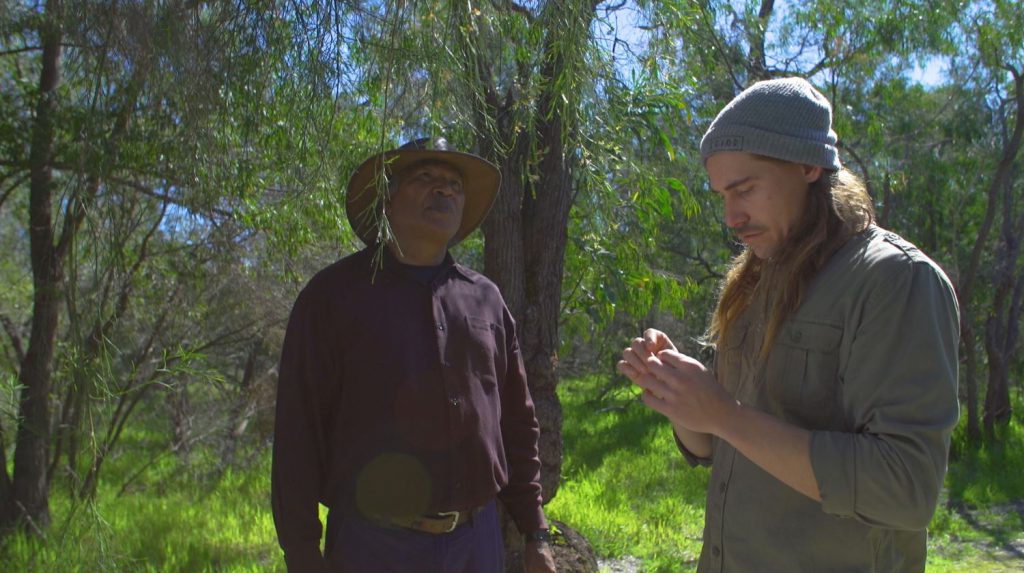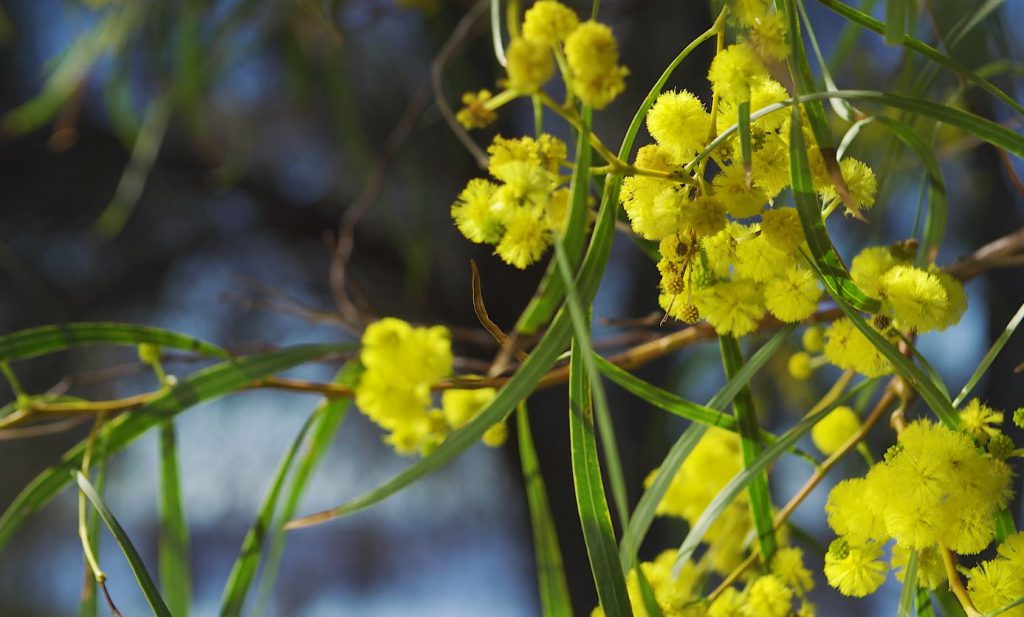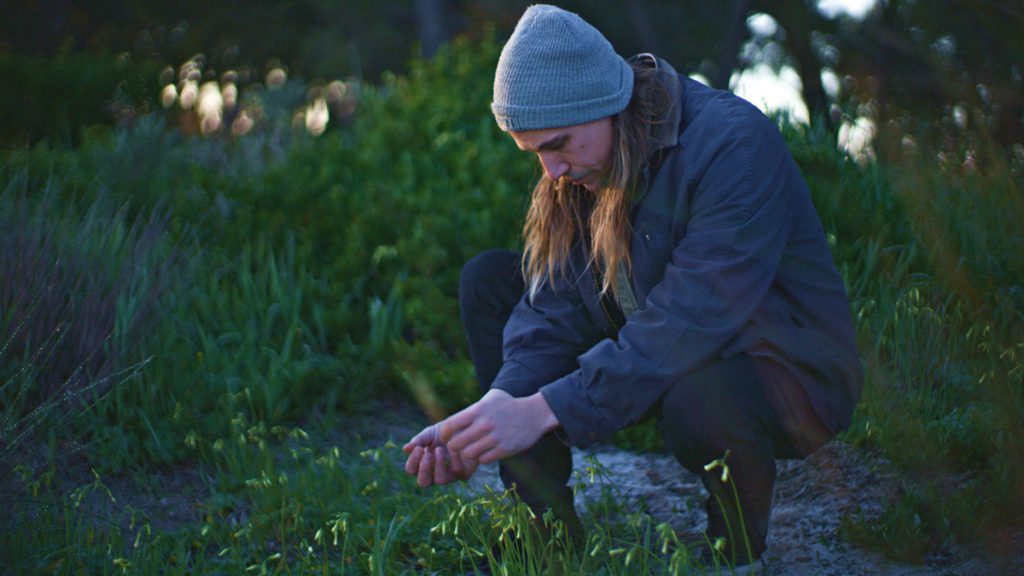Celebrating native ingredients and Aboriginal culture
Australia is rich in diversity – from its people and landscapes to our unique native flora and fauna, and the local experiences that make us proud to call this place home.
But when it comes to native ingredients, many of us aren’t fully aware of the variety of plant species endemic to our backyard, or the many ways this produce can be grown in our gardens and used in our kitchens. 
Across Australia, a wide variety of native edibles grow and many can be eaten raw or brought to life through cooking.
Some are tart, others sour, spicy or sweet, but each offers uniquely local flavours worth exploring.
Adding extra fervor to using native ingredients
WA local Paul Iskov has emerged as one of Australia’s leading hands in the native food movement.
What started as a daily balance between surfing and cooking soon evolved into a passion for learning more about local native produce and how to cook with it.
Paul noticed that despite being widespread, native WA ingredients are mostly underrated and underutilised in everyday cooking and across the hospitality industry.
In 2012, he travelled abroad and worked for a year in several world-class restaurants that embraced local knowledge, local ingredients and unique ways to integrate these into their menus.
“The chefs worked with Indigenous people for their knowledge in native ingredients, which they incorporated into restaurant dishes,” Paul says. “The chefs would learn how to best use native ingredients, techniques for removing any toxins or processing, and ways to cook with them to extract maximum flavour.”
These experiences offered Paul a new perspective on cooking with local ingredients and embracing local culture.
Ultimately this ignited a passion that inspired Fervor – his acclaimed pop-up outdoor dining experience celebrating Australian native produce.
“Australia is so multicultural, with all these different cuisines, yet it’s hard to find places using local ingredients endemic to Australia – so that’s why I started to focus on Fervor,”
Tradition and landscape meet culinary innovation 
The Fervor team works closely with Traditional Owners as part of the Fervor dining experience – typically spending a day on country before each event, foraging for ingredients and learning how to put them to best use.
Across Fervor dining events in WA’s South West, Paul has incorporated local flavours of peppermint tree and bloodroot into the menu – while in the Goldfields he’s showcased honey ant, quandong, sandalwood nut and bush banana.
Through Fervor, Paul says he and his team get to share all the magic and delights of distinctive native flavours with other food lovers.
“Some of our most memorable experiences have been among the gorges of Karijini, the Valley of the Giants in Walpole, amazing islands off Albany, beaches in Broome and out on community in Kununurra,”
Learn more about how Paul Iskov and Fervor are bringing native ingredients to life through cooking.
Five Australian native ingredients to introduce in your cooking
Using native ingredients in everyday cooking shouldn’t be a stretch, and various hard-to-source items can be purchased dried and kept in your pantry. If you’re looking to add more native plants and produce to your kitchen, try these tasty and nutritious options to start.
- Kakadu plum: Used in traditional medicine as a remedy for cold and flu, the Kakadu plum contains around 100 times more vitamin C than oranges. Try them raw for a fresh sour flavour, or use in jams, sauces or juices for a milder experience. Source fresh Kakadu plum in the northern areas of WA and the NT during much of the wet season, January through to March, or stock up on pantry options from local stockist Roogenic.
- Lemon myrtle: One of the most popular native herbs thanks to its lemony, limey flavour, dried lemon myrtle also stores well. Pair with fish or chicken for an extra depth of flavour. Source lemon myrtle from Maalinup Aboriginal Gallery, where you might also be able to taste it and grab a few recipes from the Gallery operator Dale Tilbrook, a Wardandi Bibbulmun woman from the South West of WA.

- Saltbush: Saltbush has a range of great uses in the kitchen and grows well in garden beds or pots. Use it like a leafy vegetable – sautéed, blanched or in salads – or get started with these tasty saltbush pork skewers. If you’re ready to add it to your cooking and baking, head to The Source Bulk Foods.
- Quandong: Sometimes called a wild peach, the quandong’s bright red fruit ripens in spring. Its flavour is generally a little sour or tart, but can be sweetened beautifully in fruit pies, jams and sauces. For fresh quandong, you might join a cultural food tour when the quandong is in season, or if you’re after dried products, visit local stockist Roogenic or or Kungkas Can Cook.
- Wattleseed: Borne from the abundant Acacia tree, wattleseed has formed part of the traditional Aboriginal diet for thousands of years. Roast and grind your wattleseed for a range of handy cooking applications – from thickening sauces to flavouring cakes. Wattleseed is more readily available than other native ingredients so if you’re ready to add it to your cooking and baking, visit or order online from The Source Bulk Foods, Roogenic, Maalinup Aboriginal Gallery or Kungkas Can Cook.
Enjoying homegrown native edibles at your place 
Growing native ingredients in your garden is another great way to add local flavour to home-cooked meals. Start with sea celery, saltbush, native thyme and June spinach and, once they’re thriving, first taste them raw to fully appreciate the flavours and textures.
Getting started with homegrown goodness? Check out some simple tips for setting your garden up for success. Ask your local gardening centre for seeds or seedlings or find them at your nearest native plant stockist, such as the Australian Native Nursery.
WA restaurants & operators doing great things with native ingredients
Savour the unique flavours of native ingredients at their mouth-watering best at these local restaurants.
- Fervor, across Australia – Paul Iskov and the Fervor team host exclusive pop-up fine dining experiences across Australia combining local produce with local native ingredients for a bucket-list outdoor dining experience. Stay connected with Fervor for updates on new events and collaborations.
- Yarri, Dunsborough, WA – Yarri celebrates local producers across the region and bases its menu on the six seasons of the Noongar calendar. Chef Aaron Carr channels the best of the region into a mouth-watering menu. See why he’s all about good food, the WA way.
- Wildflower, Perth, WA – Widely regarded as one of WA’s best restaurants, Wildflower continues to raise the bar when it comes to unforgettable fine dining experiences. Expect contemporary dishes inspired by the six seasons of the Noongar calendar.
Our commitment to reconciliation
Kleenheat is part of Wesfarmers and is proud to support the Wesfarmers Stretch Reconciliation Action Plan.
Through a range of employment, education and cultural awareness initiatives, Kleenheat’s helping ensure Aboriginal and Torres Strait Islander people feel welcome in our businesses as employees, customers, suppliers and visitors.